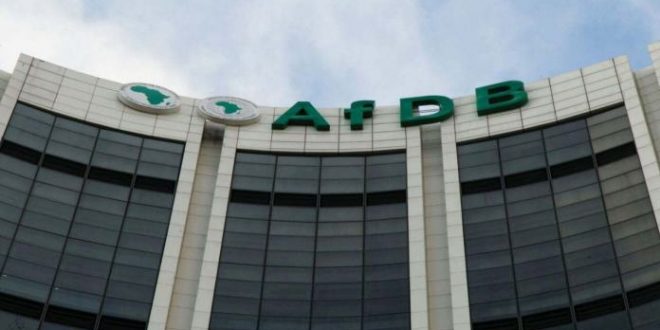The lives of 600 million people in Africa who rely on rain-fed agriculture are at risk because of the growing severity and frequency of droughts.
This is contained in the Report “Africa Is Doubling Down On Climate Adaptation. Here’s Why It Deserves Support” obtained by NAN, on Monday.
The Report was co-authored by the President , African Development Bank Group, Dr.Akinwumi .A. Adesina , and Patrick Verkooijen , CEO of the Global Center on Adaptation .
It said, “With much of the world struggling with crippling spikes in energy and food prices, it is tempting to set aside longer-term challenges such as climate change. In an August Ipsos poll of what worries the world, climate change languishes in seventh place behind more pressing issues such as inflation, social inequality and other social ills.
“Africa, however, cannot afford to park its climate concerns. The warming planet is destroying the continent’s development potential. Already, the lives of 600 million people who rely on rain-fed agriculture are at risk because of the growing severity and frequency of droughts. Vast swaths of the continent will become unlivable unless we act now to protect people and livelihoods from the worst impacts of global warming.
“We only have a tiny window to build resilience against climate change. After that, large parts of Africa will become uninhabitable. Our cities will swell with climate refugees and the continent will struggle to feed, house and create economic opportunities for displaced populations, particularly young people.
“On the current trajectory, global warming will cause an annual loss of up to 4 percent of GDP in Africa by 2040. Some nations are already spending the equivalent of 2.8 percent of GDP to adapt to increasingly violent and unpredictable weather.This is an unfair burden. Africa, the continent that has contributed the least to global warming, is paying a steep price for the greenhouse gas emissions of the rich world.
Investing Today for a Better Tomorrow
“Because of climate change, cleaning up after weather disasters has become a Sisyphean task—never ending, as well as a colossal drain on resources.Climate adaptation offers a different way out of this predicament. By preparing to live in a world of increasing climate extremes, the hope is that we can better withstand its effects. That is why African governments are doubling down on climate adaptation. Two years ago, they launched the Africa Adaptation Acceleration Program (AAAP), with the aim of mobilizing $25 billion in adaptation investments by 2025. The African Development Bank has put up half of the funds already.
“Climate adaptation is our best chance to bring about a safer, greener and more prosperous continent. The AAAP is already investing in projects that are making the livelihoods of farming communities more secure. It is improving the accuracy of weather forecasts and making data available to farmers via mobile apps, and providing drought-resistant crop varieties in regions where water is increasingly scarce or rainfall unreliable. In some cities, urban infrastructure is being readied to withstand flash floods, extreme heat and other climate impacts. The AAAP also aims to nurture climate entrepreneurs, particularly those who create career opportunities for young people.
Money invested in climate adaptation today will reduce the cost of dealing with climate disasters tomorrow.
“At COP26 in Glasgow last year, the global donor community promised to double finance for adaptation from the current rate of up to a quarter of climate financial flows earmarked for the developing world. But yet again, committed funds have fallen short. With only two months to go to the next climate summit, which will take place in Sharm el-Sheikh in Egypt, it is time for donors to honor their pledges.
A Focus on Africa
“Funding climate adaptation is not only the right thing to do. It is also smart. The Global Center on Adaptation (GCA) calculates that for every dollar invested in climate-smart agriculture, as much as $5 in benefits accrue. In addition, moving quickly to adapt is especially beneficial, with a cost-benefit ratio for early action of at least 1:12.
“According to the GCA, just $15 billion per year invested in climate-smart agriculture could help avert $200 billion in damages from floods, lost production and paying for disaster relief.The international community has a choice: It can invest in long-term climate resilience, or it can continue in emergency mode, lurching from crisis to crisis. The latter causes donor fatigue, and it leaves Africa no better off.”
 The Commerce Africa African Reneissance
The Commerce Africa African Reneissance


